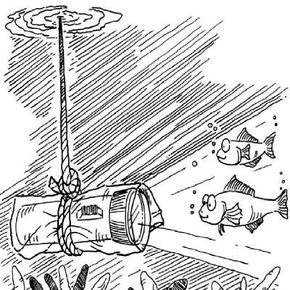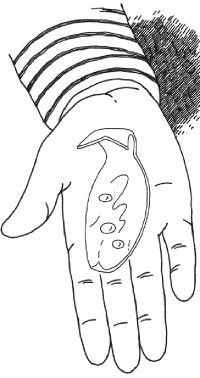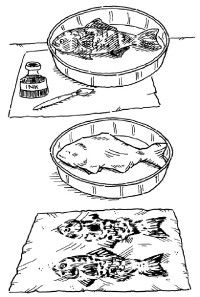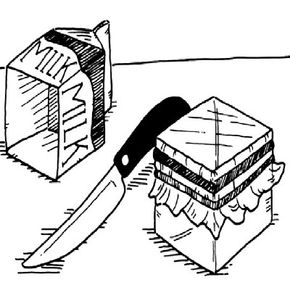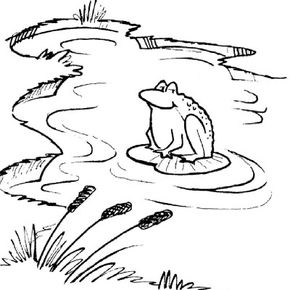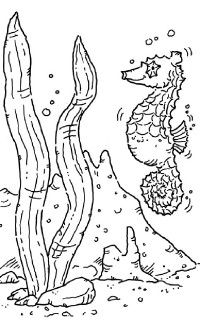Fish activities for kids are a perfect way for kids to interact with animals from the sea without getting too wet. Observing these underwater creatures is no small feat, but with some adult help on a few of these projects, it will be like you're right in the water with them.
Even if you live in a city or suburban area away from large bodies of water, you can still produce and enjoy fish activities. All you need are a few items, some creativity, and the desire to go back to "school."
Advertisement
Follow the links below to learn how to dive into fish activities.
Amaze your friends with this scientific trick with a fish made from plastic.
Venturing out into nature lets you see for yourself how ocean creatures hatch from eggs.
Buy a fish from the grocery store, and brush it with paint to design your own prints.
Get hooked by playing this numbered fish game with a bunch of your friends.
Build an aquascope to help you see creatures in water without getting wet.
By making this net, you'll be able to see and catch pond organisms up close and personal.
Crack open some reference books and learn all about the earth's oceans and rivers.
Certain aquatic creatures venture out at nighttime, and this activity will help you view those who prefer the moon to the sun.
Keep reading to learn about a fishy scientific experiment with a slippery twist.
For more fun kids crafts and activities, check out:
Advertisement
